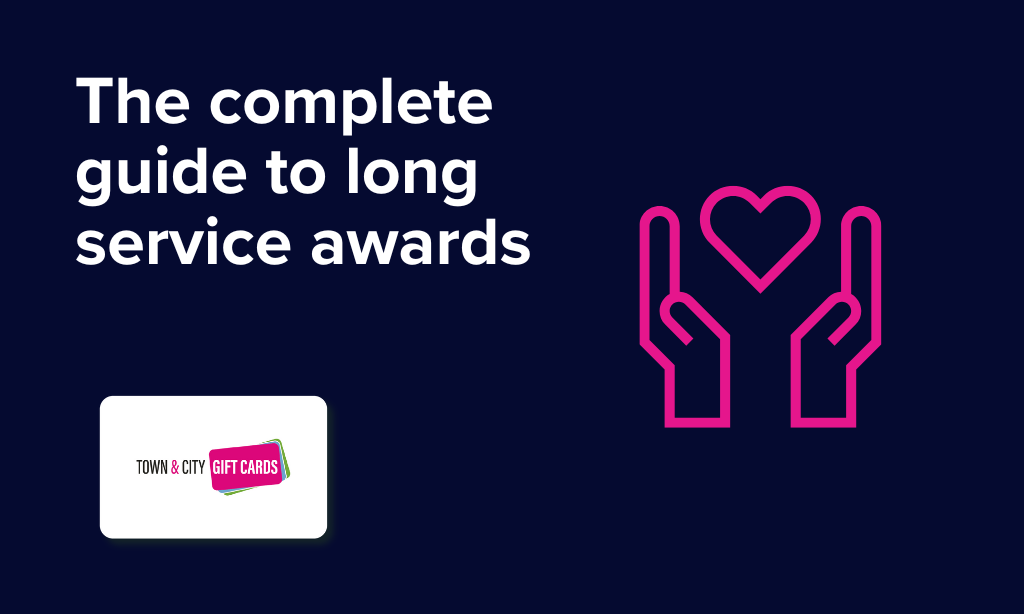Research reveals that in the UK, 3 in 10 employees leave to join another organisation each year, so initiatives that reduce staff turnover are a core objective for most companies. And in fact, it is estimated that two thirds of UK employers operate long service awards or initiatives. If you’re thinking of implementing a long service award or want to give your existing program an overhaul, our complete guide to long service awards has everything you need to know.
Your industry
One of the first things to consider is the sector you’re in as staff turnover can vary hugely based on your industry. CIPD data found that between January 2022 and December 2023, hospitality had the highest staff turnover at over 40%, followed by agriculture (35%) and retail (32.5%). At the other end of the scale, financial services had a turnover rate of just 22%. Knowing the standard for your industry can help you to determine if your retention rates are consistent with averages for your industry.
Decide on the right long service award length
Traditional long service milestones range from 5 to 40 years but many employers are beginning to acknowledge earlier milestones too. Information from your sector on average tenures can help you to select the most appropriate length of service to award your team. For example, if you’re in manufacturing, the most common tenure is 10-20 years (19.9%), while in hospitality the most common tenure is between 2-5 years (21.5%).
Calculate the cost of turnover
One of the main reasons an organisation may not have a long service initiative is the cost of implementing and operating it. Perhaps more useful though is calculating the cost of not operating one. A CIPD report found that just 17% of organisations calculate the cost of labour turnover, including training someone new, the loss of in-demand or specialist skills, and the detrimental impact on client or customer relationships.
Evaluate your long service award options
Gone are the days when a gold carriage clock was presented as the ultimate long service award, today’s employees are looking for something a little more accessible. It’s often useful to ask your team what they’d like to receive as a long service award, such as a tangible gift, a cash reward paid as part of their salary or a non-cash reward. One of the most popular non-cash rewards for employees is a Gift Card. Town & City Gift Cards have the benefit of being available for towns and cities right across the UK, and redeemable with the big brands they know, and the local businesses they love.
Understand the tax implications
The UK Government suggests that organisations don’t have to report or pay tax on a non-cash long service award to an employee if the employee has worked for the organisation for at least 20 years, the award is worth less than £50 per year of service and you haven’t given them a long-service award in the last 10 years. This means you can give an employee a Gift Card up to £1,000 for 20 years’ service (so long as you haven’t awarded them for long service before). If the above doesn’t apply though, you’ll need to report the long service award costs to HMRC and pay tax and national insurance on them.
Communicate your new awards
With your long service awards ready to go, it’s time to let your team know they’re up and running, how many years’ service are being awarded, what the award will be and any processes. For example, are they awarded automatically and how will employees receive their award, perhaps by way of an event, ceremony or simply a meeting with their manager? And, as employees start to receive their rewards, don’t forget to communicate their achievements on your company social media, company newsletters and more, positively contributing to company culture.
Evaluate your offering
After the time that has gone into developing or refining your long service award, it’s useful to take stock of its impact. This can be through a boost to staff retention, and also through feedback from your staff on the initiative, helping you to continue to tweak and improve your long service awards.




